ArtReview’s annual Power 100 list, a comprehensive index of the most influential figures in contemporary art, received applause for its inclusion of notable African artists, curators, collectors, thinkers, and cultural producers.

The list is a meticulously curated selection by 30 anonymous international jurors. It aims to shed light on the obscured corners of the professionalized art world, tracking shifts and changes in the global art ecosystem over the past 12 months. This year’s edition showcased the immense contribution of African artists to the international contemporary art scene. They include:
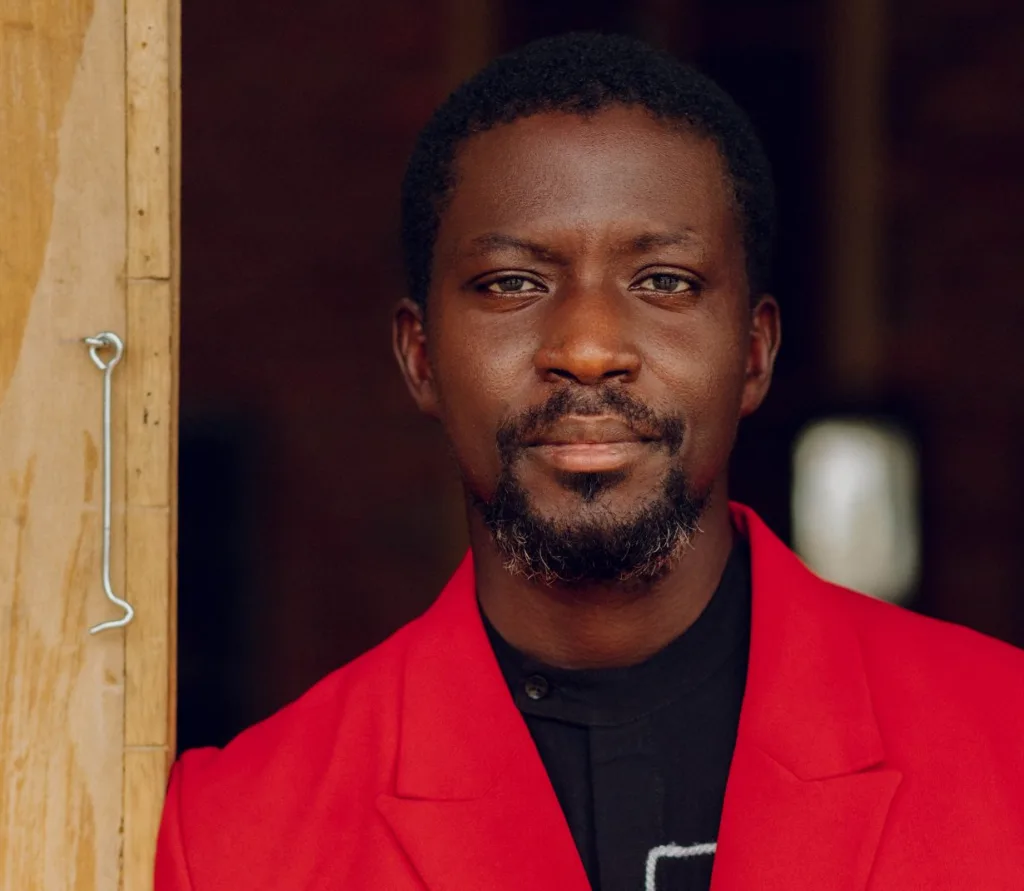
Ibrahim Mahama – 6
Ibrahim Mahama, hailing from Tamale, Ghana, secured the sixth position, marking a significant climb of 41 places from last year. Mahama is a distinguished artist with a Master of Fine Arts in Painting and Sculpture. His work gained international attention at the 56th International Art Exhibition of the Venice Biennale in 2015. Notable solo exhibitions include “Material Effects” at the Eli and Edythe Broad Art Museum, Michigan State University, and “Civil Occupation” at Ellis King, Dublin. He also founded and funded institutions such as the Savannah Contemporary Art Centre (SCCA), Red Clay Studio and Blaxtarlines.

Sammy Baloji – 11
Born in Lubumbashi, in the mineral-rich Katanga province of the Democratic Republic of Congo, Sammy Baloji holds the 11th spot. A multi-talented artist, Baloji combines photography and video to explore the historical and social complexities of his hometown. His solo exhibitions at Lund Konsthall, Aarhus Kunsthal, and other prestigious venues have further cemented his position as a prominent figure in the art world.

Koyo Kouoh – 21
Koyo Kouoh is a Cameroonian-born curator serving as the Executive Director and Chief Curator at The Zeitz Museum of Contemporary Art Africa (Zeitz MOCAA) since 2019. With a remarkable career in curatorial practice, Kouoh has organized exhibitions like “Body Talk: Feminism, Sexuality and the Body” and “Still (the) Barbarians.” Her influential role extends to the critical field of the arts community on a Pan-African and international scale.

John Akomfrah – 33
Sir John Akomfrah is a British artist, writer, filmmaker, and curator of Ghanaian descent. He is known for co-founding the Black Audio Film Collective. Akomfrah’s work explores Black identity, postcolonialism, and also diasporic experience. His recent multiscreen installations, including “Five Murmurations,” delve into the interconnected pressures of COVID-19, racial division, and climate change.
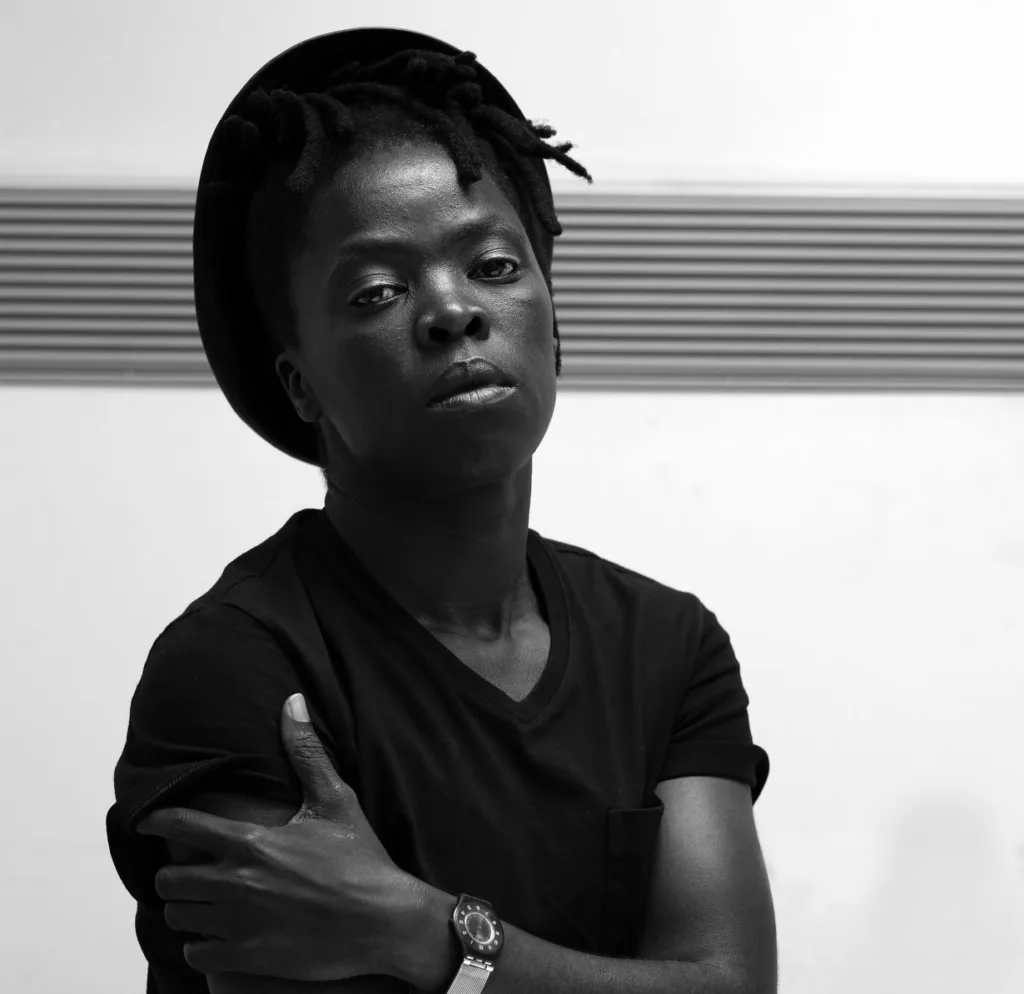
Zanele Muholi – 41
Muholi is a South African visual activist and photographer. Over the past decade, Muholi has documented the lives of black LGBTQIA+ individuals in South African townships. Recognized with awards like the ICP Infinity Award and the Prince Claus Award, their work has been exhibited globally, emphasizing the importance of representation and visibility.
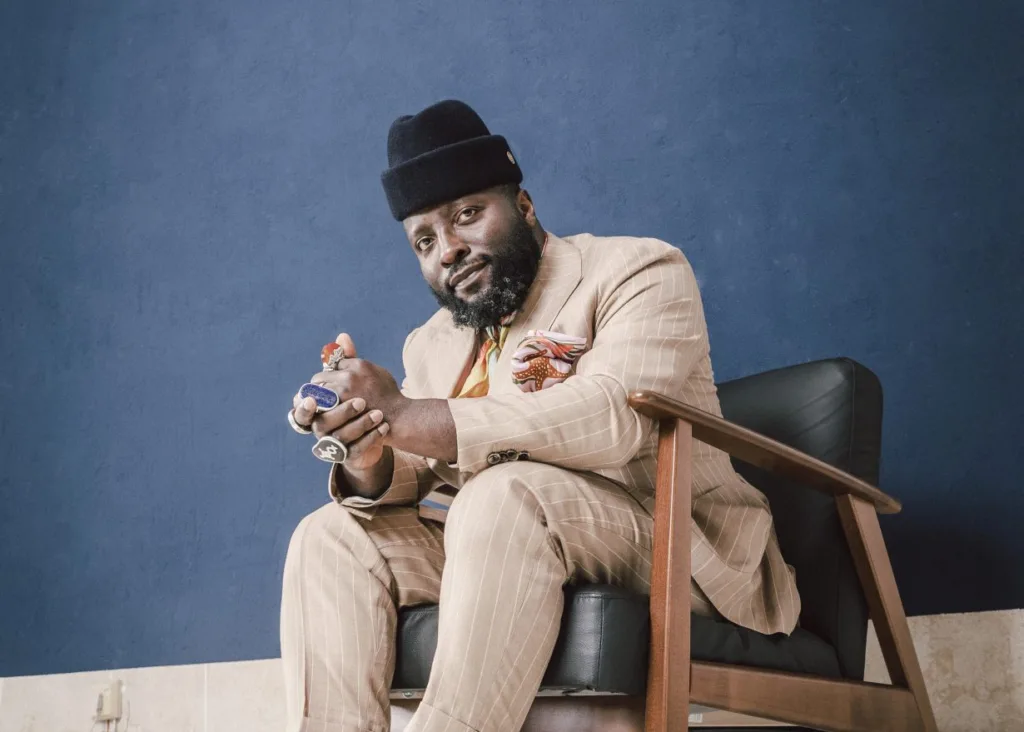
Bonaventure Soh Bejeng Ndikung – 66
Ndikung is an independent art curator and biotechnologist from Cameroon. As the director of Berlin’s Haus der Kulturen der Welt (HKW), Ndikung has made waves by closing the museum for renovation and reopening with a renewed focus on multiculturalism. His contribution also extends to various projects, showcasing his commitment to decolonizing perspectives.
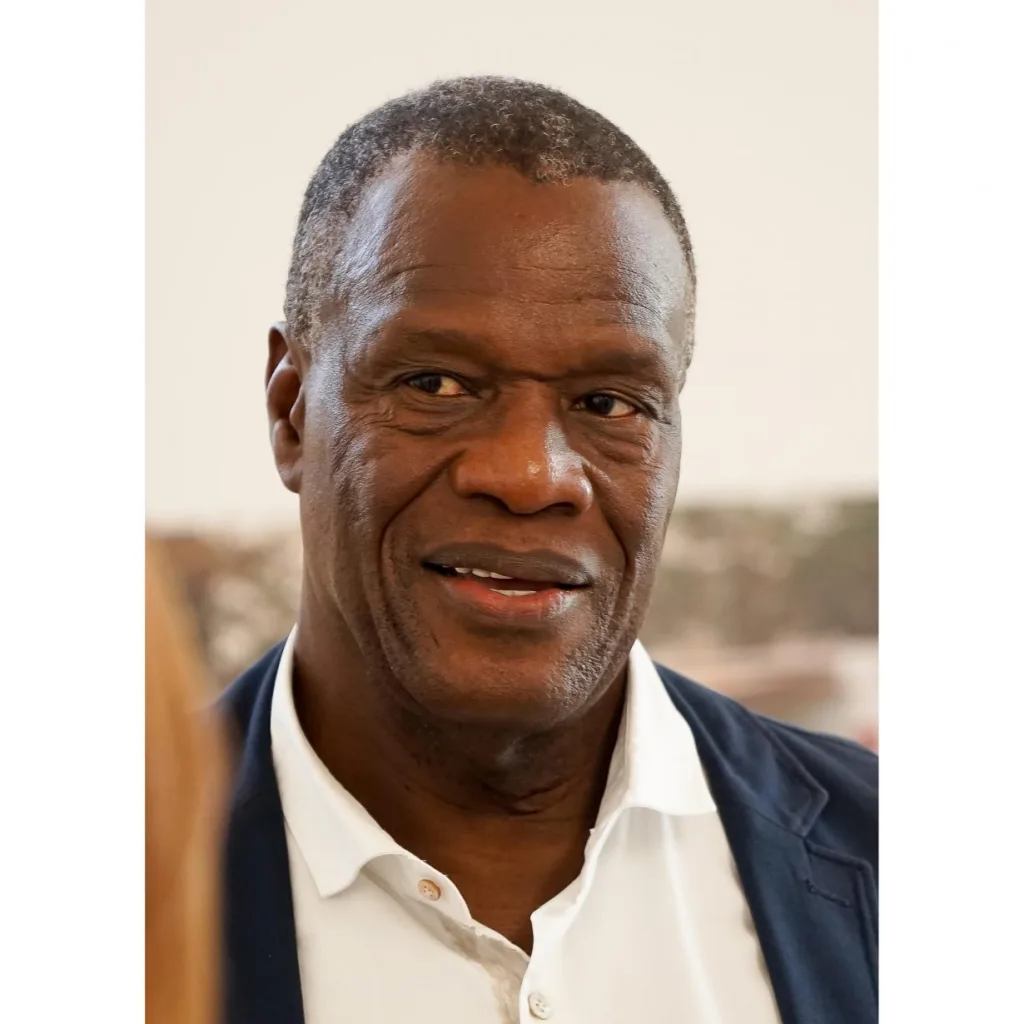
Manthia Diawara – 68
Malian writer, filmmaker, cultural theorist, and art historian, Manthia Diawara, secures the 68th spot. His documentary essay-films like “A Letter from Yene” and “AI: African Intelligence” explore the ecological degradation of Senegalese fishing villages and the intersection between African rituals and emerging AI.

Yinka Shonibare – 70
Shonibare is a prominent British-Nigerian artist, known for his examination of authenticity, identity, colonialism, and power relations. His work, spanning drawings, sculptures, films, and installations, maintains a consistent ability to navigate within his established framework, while his mentorship initiatives contribute to the growth of emerging artists.

Mariane Ibrahim – 73
Somali-French art dealer Mariane Ibrahim-Lenhardt secures the 73rd position for her significant impact on the art world. Founder of the Mariane Ibrahim Gallery, she focuses on works that depict Black life, bringing attention to emerging stars of the Black figurative painting renaissance.

Otobong Nkanga – 76
Nigerian-born visual artist Otobong Nkanga holds the 76th position. Based in Antwerp, Belgium, Nkanga’s work explores social and topographical changes, emphasizing regional and cultural analyses. Her formal innovation and social consciousness earned her the $100,000 Nasher Prize for Sculpture.
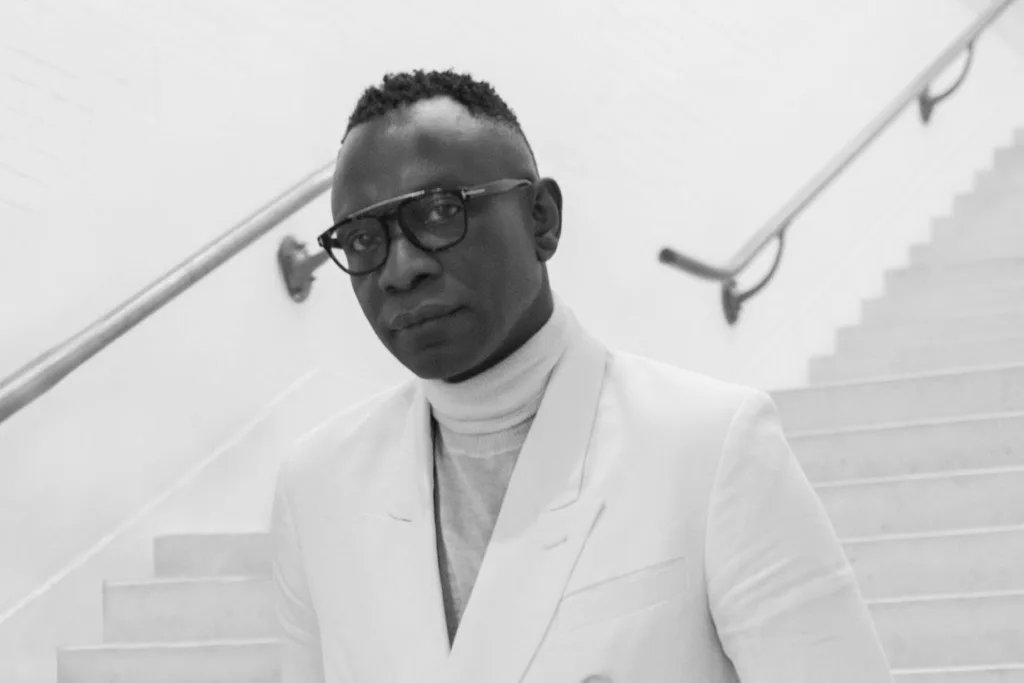
Azu Nwagbogu – 87
Founder and Director of the African Artists’ Foundation, Azu Nwagbogu recently curated exhibitions in Togo and Lagos. He will curate Benin’s pavilion at the Venice Biennale, focusing on restitution. Known for his advocacy, Nwagbogu has taken on a role as a National Geographic Society ‘Explorer at Large.’
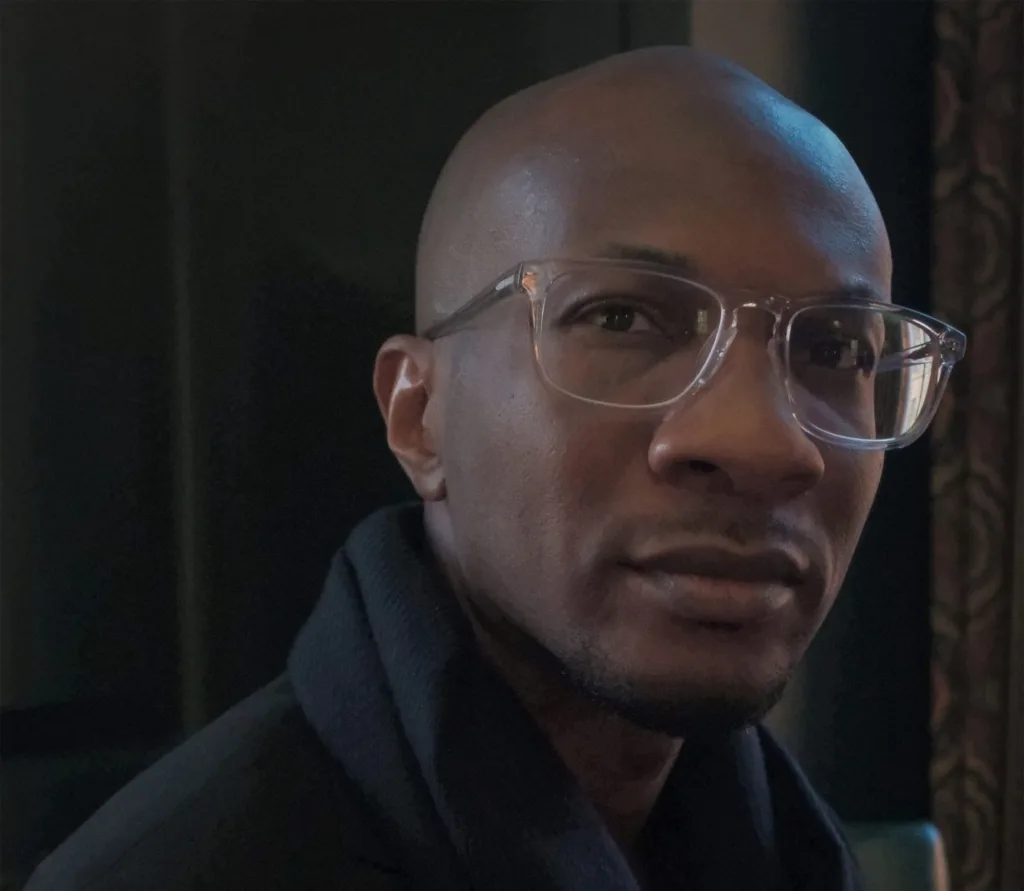
Teju Cole – 90
Sitting on the 90th spot is Teju Cole, a Nigerian-American thinker, writer, and photographer. With an innovative style of art-inflected writing, Cole’s works like “Open City” and “Tremor” offer profound insights into the intersections between life and art, making him a respected voice in the literary and artistic community.
As the art world continues to evolve, these figures play a crucial role in shaping narratives and challenging norms. Their contributions help to foster a more inclusive and diverse creative environment. There are hopes that more spots will be given to African artists in future editions. However, the inclusion of these African artists and cultural producers in ArtReview’s Power 100 not only highlights their achievements but also underscores the growing influence of African perspectives in the global art landscape.


